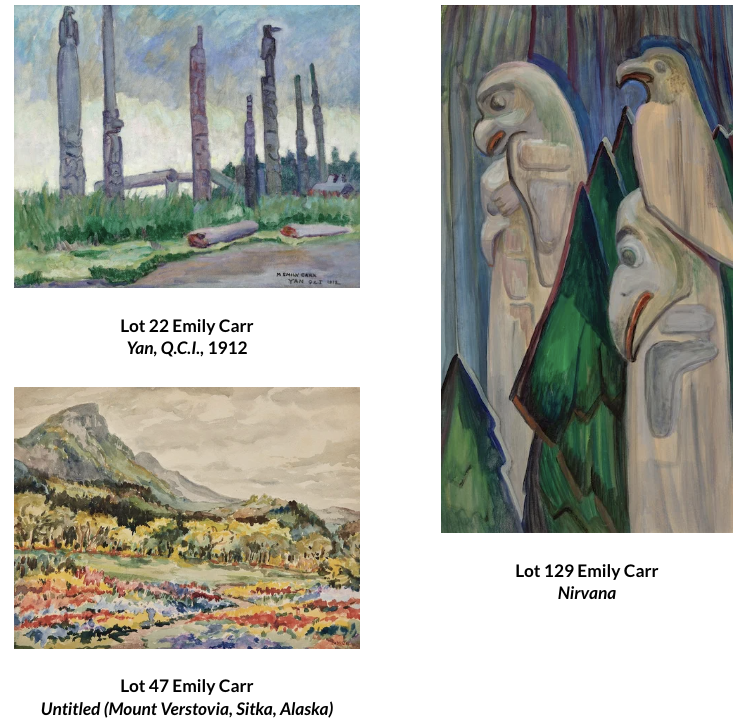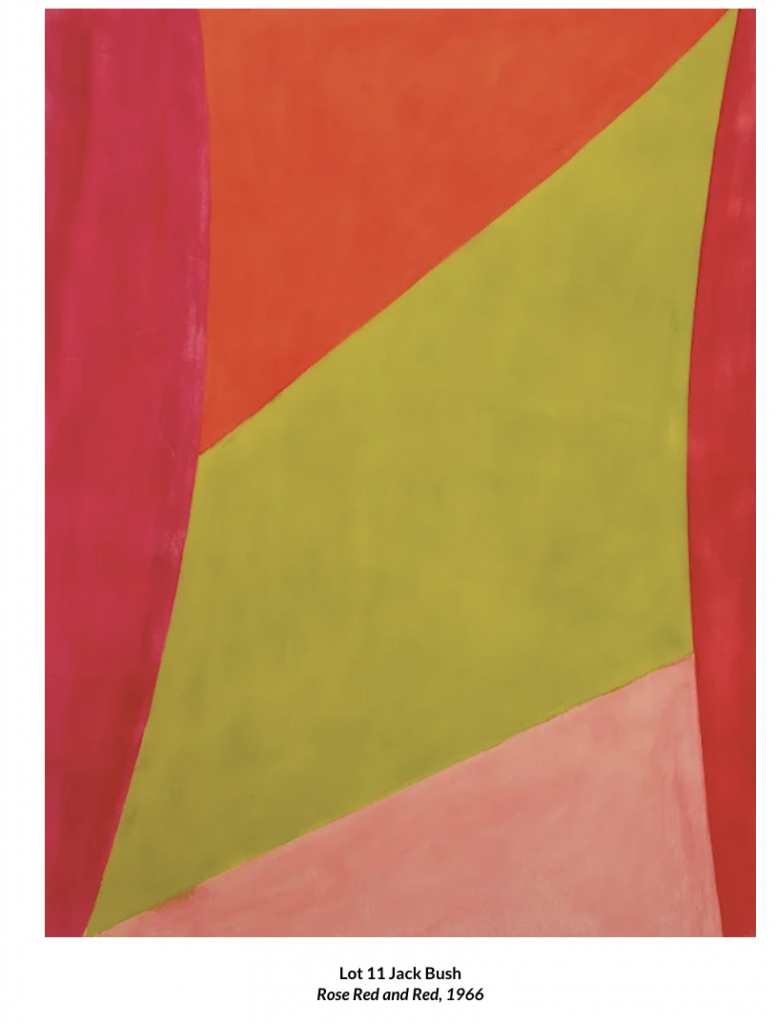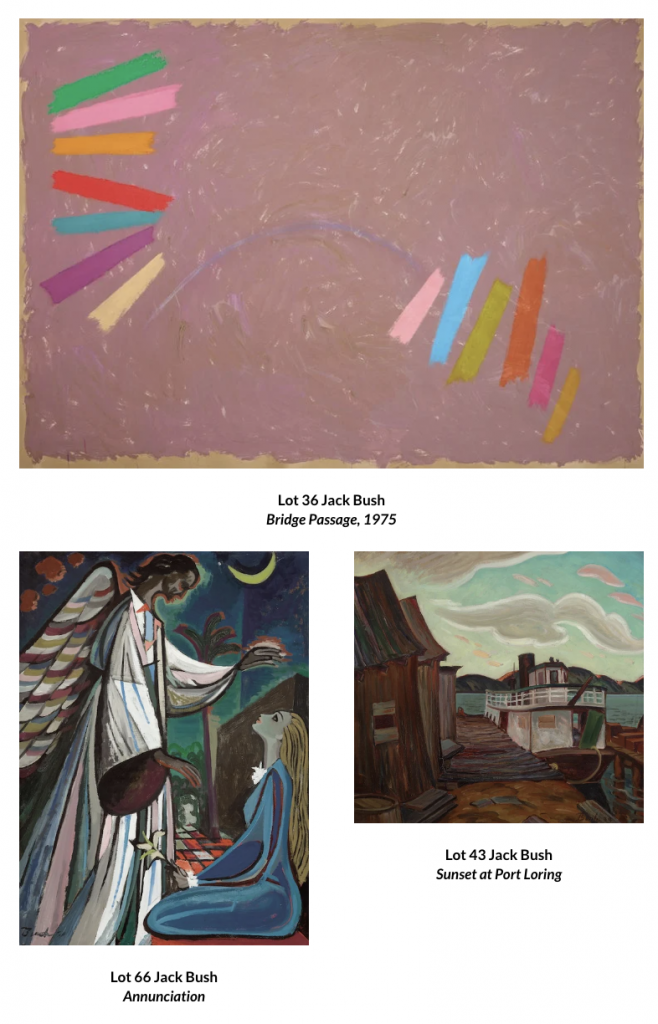Rob Cowley visited the BNN Bloomberg studio to chat with Paul Bagnell about the art market and Cowley Abbott’s recent cross country travel.
Author: Rob
-
Rob Cowley Sits Down with BNN Bloomberg’s Paul Bagnell
Rob speaks with BNN Bloomberg’s Paul Bagnell regarding Cowley Abbott’s ongoing national travels as they collect consignments for their upcoming spring live auction. The discussion then focuses upon a selection of artwork for auction and private sale currently in Cowley Abbott’s care for sale. -

Remembering Robert Noakes with Senior International Art Specialist Perry Tung
I was sad to hear of Robert Noakes’ passing last year, but while preparing his art collection to be offered for sale, vivid memories of Robert buzzing around the auction rooms during previews and phone bidding with him came back to me.
I first met Robert early in my career when I was working for a local Toronto auction house. During previews, he would stride into the galleries, making straight for the works he was interested in. Inevitably, these would be decorative arts, furniture and fine art. His residence, luxuriously decorated with artworks and sculptures in every room, was a testament to his expert eye as a collector.
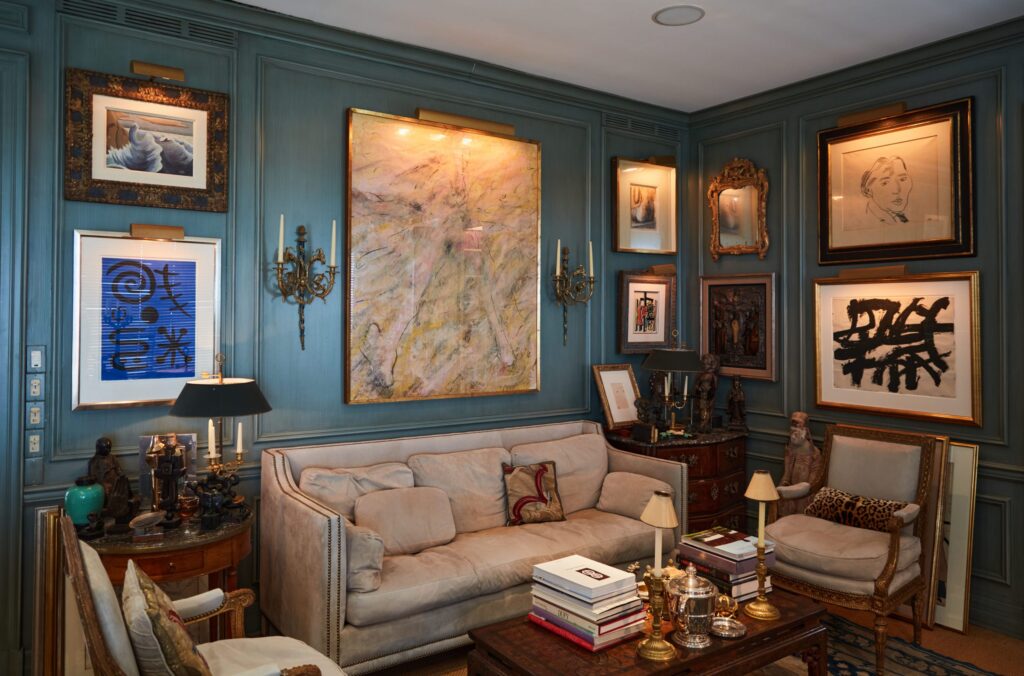
Works by Graham Coughtry, Henri Matisse and Guido Molinari displayed at the Noakes residence During the auction week, I would often be assigned to phone bid with Robert. Phone bidding with him was always exciting. I would call him three lots ahead, we would quickly catch up, and then it would come time to bid on the lot he wanted, and he would get very serious. Once the auctioneer had opened the lot, he would quickly jump in, usually telling me to keep the paddle up until he won the lot. Or he would wait until the auctioneer would hammer down a lot and tell me to bid, eventually winning the lot. His quick thinking and passion for collecting art made him a memorable figure in the Canadian auction world, unlike anyone else.
Cowley Abbott is delighted to present four online auctions showcasing the breadth and depth of his collection. There are exceptional works in each auction, with the following highlights in our February sales:

Lot 20. Françoise Sullivan, Rouges. Oil on canvas. 30 x 40 in (76.2 x 101.6 cm). Estimate: $7,000-9,000 
Lot 35. Robert Motherwell, Three Forms II (B. 416). Etching with carborundum on grey HMP paper. 17.5 x 22.5 in (44.5 x 57.2 cm). Estimate: $3,000-4,000 
Lot 2. Guido Molinari, Noir & Blanc. Ink on paper. 20.5 x 26 in (52.1 x 66 cm). Estimate: $10,000-15,000 -
The New Collector’s Guide to Buying at Auction
If you are new to art collecting, browsing online auctions is a great place to start. At the click of a button, you may find yourself the proud owner of an artwork by a reputable artist.
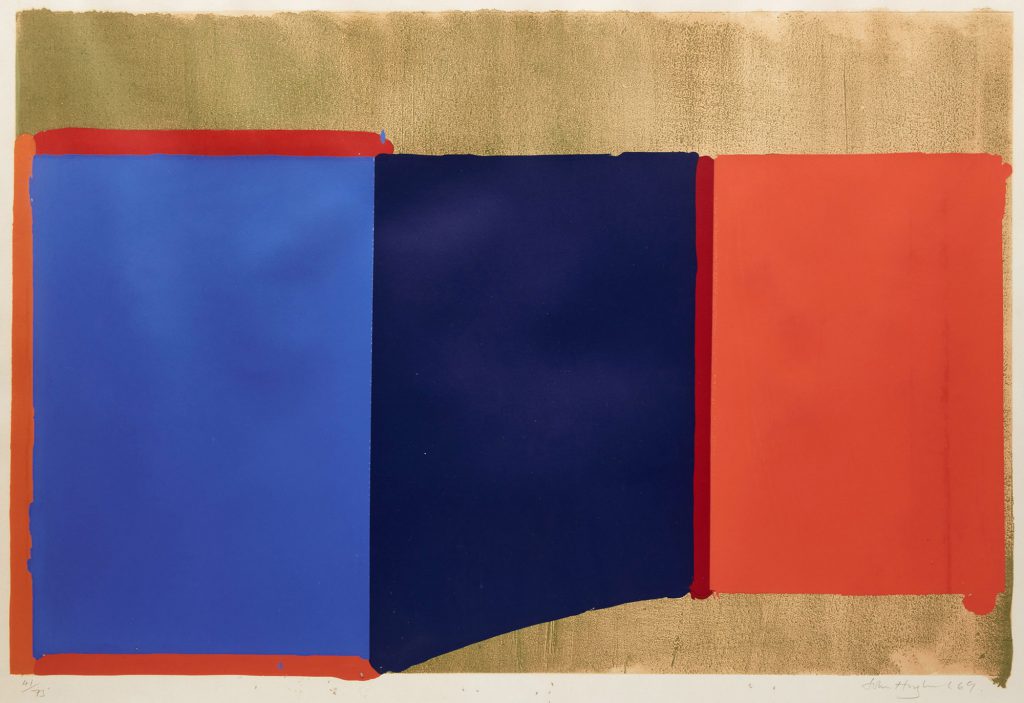
John Hoyland
Blues, Reds
Estimate: $800 – 1,000Buy at Auction versus at a Gallery
Galleries are the primary (retail) market for buying art. Gallery owners spend a lot of time and money choosing which artists they want to represent and building a strong clientele base and marking strategy. Galleries can also set their own prices, since the artwork is usually being sold for the first time. Auctions are the secondary market for buying art, which means that the prices fluctuate according to supply & demand, design trends, and therefore what a buyer is willing to pay. This often means that an artwork at auction will sell for less than at a gallery, because the buyer pays the market price rather than the retail price.
In recent years, buying art at auction has become incredibly accessible, with online sales being offered every month at auction houses worldwide. Whether you are looking for a contemporary artist specifically or a work by a more obscure artist, do some searching and have a little patience, because chances are it will be come up at auction somewhere! According to The Art Market Report 2023, “online bidding has evolved from a minority alternative to the dominant method of accessing sales.”
Choose a Work and Gather Information
Once you discover an artist you enjoy, learn as much as possible about their practice and what type of artwork most appeals to you. A great source of information is Artnet and Artsy, which offer detailed information about artists, artworks and auctions. By doing further research, you will better understand both the artist’s trajectory and why an artwork is being offered at a certain value. However, it is also fun to browse online auction listings by categories that interest you (ex. “Prints & Multiples“, “The Canadian Landscape“, “Art of Quebec“) and discovering new artworks and artists you were not expecting!
Viewing an artwork in person may not always be possible with online auctions, which is why we suggest requesting a condition report before bidding on a lot. A key aspect that collectors should keep in mind is the condition, since artworks at auction are sold “as is.” While a certain amount of wear and tear is to be expected from an older artwork, you should be (and can be) made fully aware of any past restoration or restoration that needs to be done. For example, a 70-year-old watercolour may have a few creases in the paper and some tiny spots of staining, causing it to be priced lower than if it were in perfect condition. A condition report will enable you to learn about these issues and decide if they affect if or how high you bid on the artwork. Cowley Abbott specialists are also happy to discuss the reports with you on the phone, to help you feel confident in the bidding process.
Become More Familiar with Buyer’s Terms
Whenever you buy online from an auction house, there are a few key terms to always keep in mind:
Estimate
Each lot receives a low and high estimate, corresponding to the opinion of experts about the range in which the lot might sell at auction. Estimates are based on the condition and on recent auction records of comparable artworks. It usually serves as the basis for establishing the reserve price.
Reserve
This is the minimum price that a consignor and an auction house have agreed upon to sell an artwork. Reserves are usually set at or below the low estimate. During Cowley Abbott’s online auctions, the reserve price will be the opening bid, shown as “Next Bid” below the auction estimate.
Maximum Bid
When bidding on a lot, you may choose to place a maximum bid representing the highest amount you are willing to pay for an item. The system will then place incremental bids on your behalf based on the bid increments until your maximum bid has been reached. This is so you don’t have to stand by your computer the whole afternoon while the bidding is unfolding, making sure you don’t miss anything (although many bidders prefer this way!)
Hammer Price
This is the winning bid for a lot at auction, which does not include the buyer’s premium.
Buyer’s Premium
This is the amount above the hammer price that must be paid as part of the total purchase price. All auction houses add a percentage on top of the hammer price. At Cowley Abbott, the buyer’s premium is 20% for online sales.
As Is
Property sold at auction is offered “as is,” meaning it is sold with all existing imperfections and faults.



